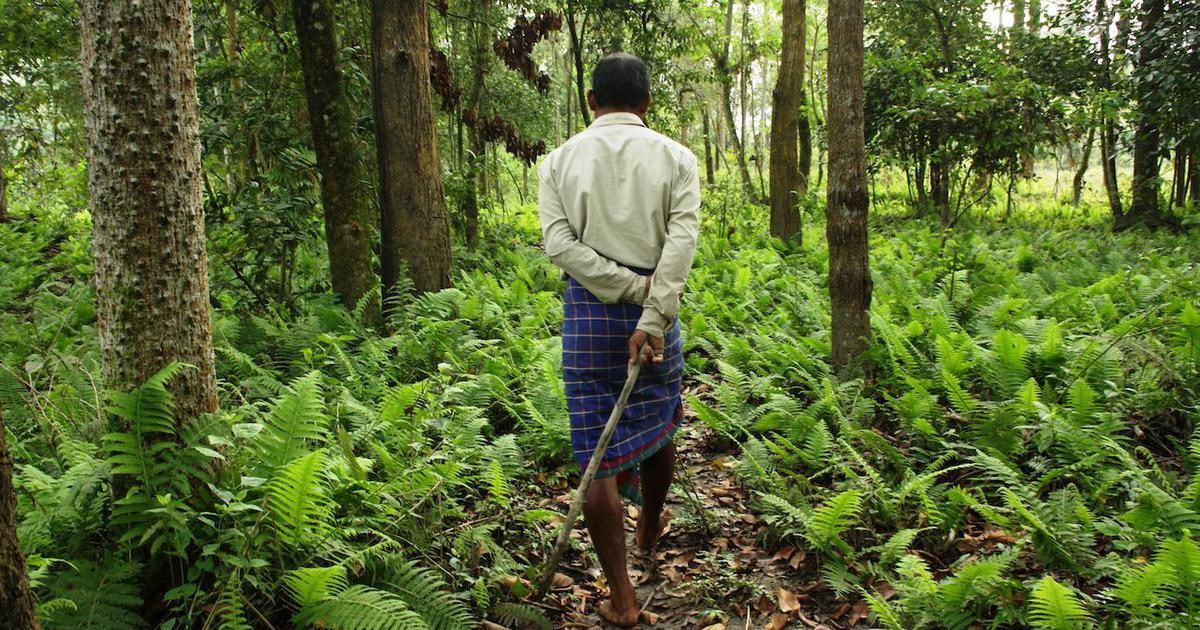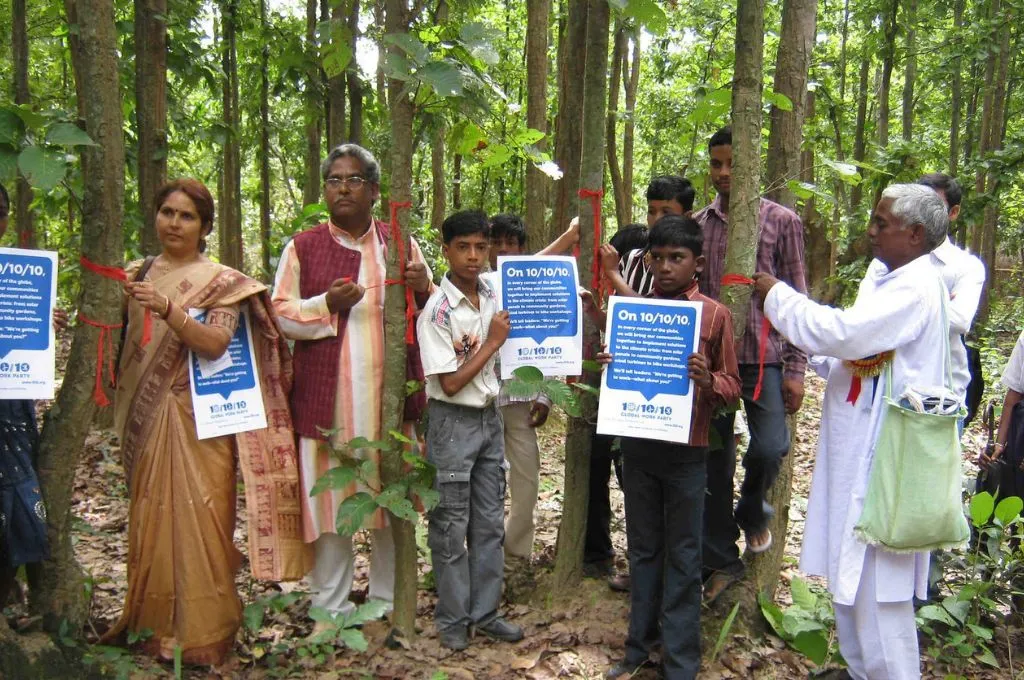The Forest Rights Act (FRA) is a landmark legislation that has revolutionized the way tribal communities interact with forests. Enacted in 2006, the Act recognizes the rights of indigenous people to manage and govern the natural resources within their ancestral lands. This paradigm shift in forest governance has far-reaching implications for the well-being of tribal communities, and in this article, we will go into the intricacies of the Forest Rights Act and its impact on these marginalized groups.
What Does the Forest Rights Act Entail?
At its core, the Forest Rights Act is a recognition of the rights of indigenous people to possess and acquire rights over forest land. The Act grants individuals and communities the authority to manage and utilize forest resources, including timber, bamboo, and other forest products. Moreover, the Act empowers forest dwellers to participate in decision-making processes related to forest conservation, management, and development. The FRA also provides a framework for resolving disputes and conflicts related to forest land rights, ensuring that the rights of indigenous people are respected and protected.
Benefits of the Forest Rights Act for Tribals

The Forest Rights Act has brought about significant benefits for tribal communities. One of the most notable advantages is the cessation of evictions and displacement of indigenous people from their ancestral lands. Prior to the FRA, the government had the power to evict forest dwellers, often without prior notice or consent. The Act has put an end to this practice, ensuring that tribal communities can continue to live in their traditional areas. Additionally, the FRA has allowed for the devolution of powers to gram sabhas (village assemblies), enabling tribal communities to make decisions about forest management and resource utilization. This has led to increased participation and ownership among community members, promoting social and economic development.
Challenges and Way Forward
While the Forest Rights Act has been a game-changer for tribal communities, there are still significant challenges to be addressed. One of the major obstacles is the lack of awareness and understanding about the Act among government officials, forest departments, and other stakeholders. This has resulted in slow implementation and inadequate disbursal of benefits to eligible communities. Furthermore, there is a need for stronger institutional mechanisms to support the FRA, including training programs for community members and government officials. Additionally, there is a need for more robust monitoring and evaluation systems to track progress and ensure accountability.
The Forest Rights Act has been a significant step forward in recognizing the rights of tribal communities to manage and govern their ancestral lands. While there are still challenges to be addressed, the Act has brought about tangible benefits for indigenous people, including the cessation of evictions and displacement, increased participation, and ownership. As we move forward, it is essential to strengthen institutional mechanisms, increase awareness, and promote accountability to ensure that the FRA remains a powerful tool for promoting social and economic development for tribal communities.


